12 lenses of Christmas: A novelty Canon lens led the way in November 2022
A ‘novelty’ Canon RF lens led the way in November’s news, with a second Nikon TC lens in hot pursuit
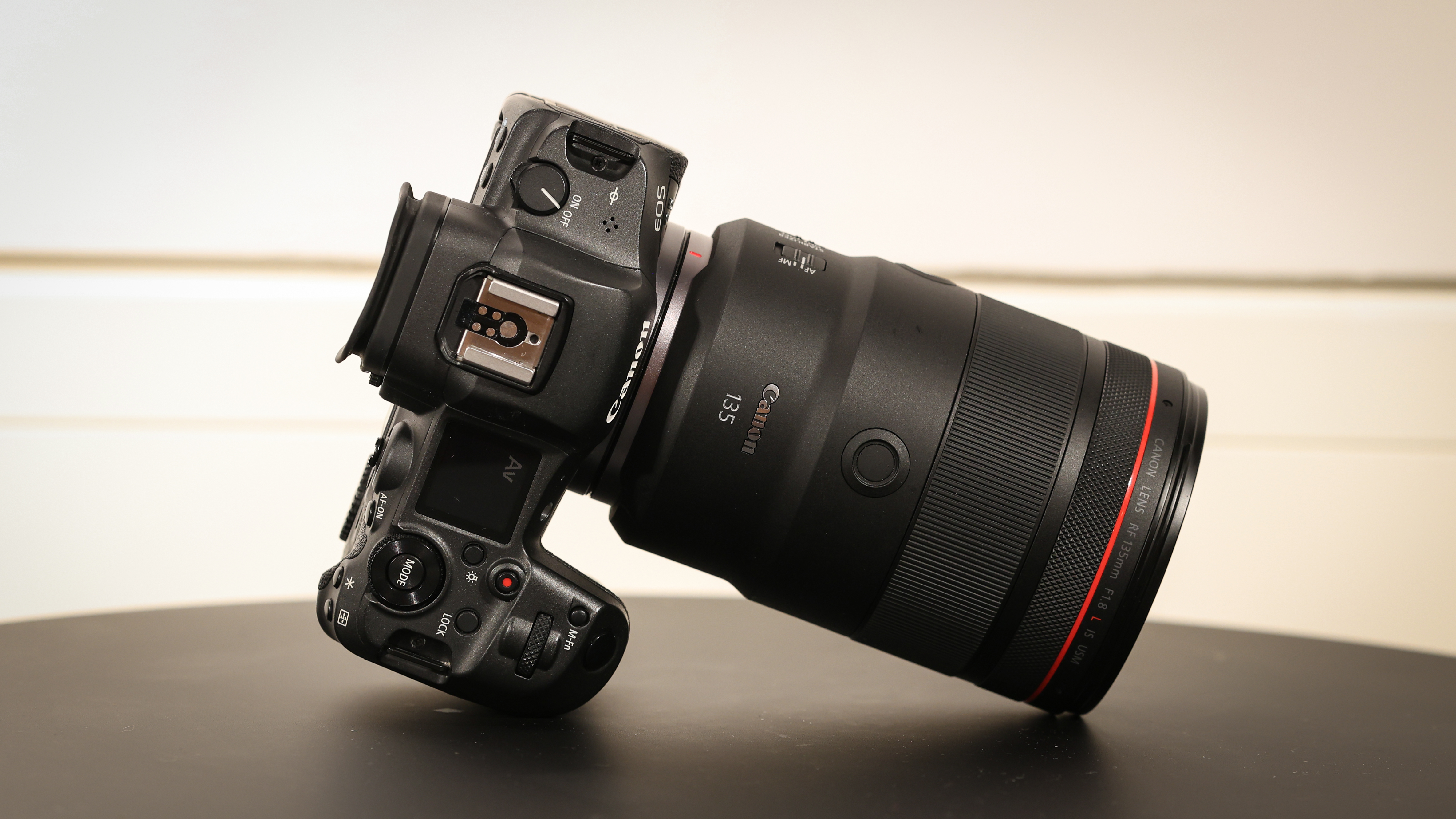
When it was launched, Canon’s EF 135mm f/2L USM became an instant hit for tight head shots among portrait photographers, but that was more than a quarter of a century ago. November 2022 finally saw the announcement of a replacement Canon RF 135mm F1.8L IS USM. The new native RF lens offers a faster aperture rating and the addition of 5.5-stop optical image stabilization, rising to 8-stop effectiveness with EOS R bodies that feature in-body stabilizers.
Rumors also surfaced of a Canon RF-S 22mm F2 STM pancake prime for 2023, effectively a remake of the popular EF-M lens with a classic effective focal length of 35mm on APS-C bodies like the EOS R7 and R10.
See other installments in our 12 lenses of Christmas series
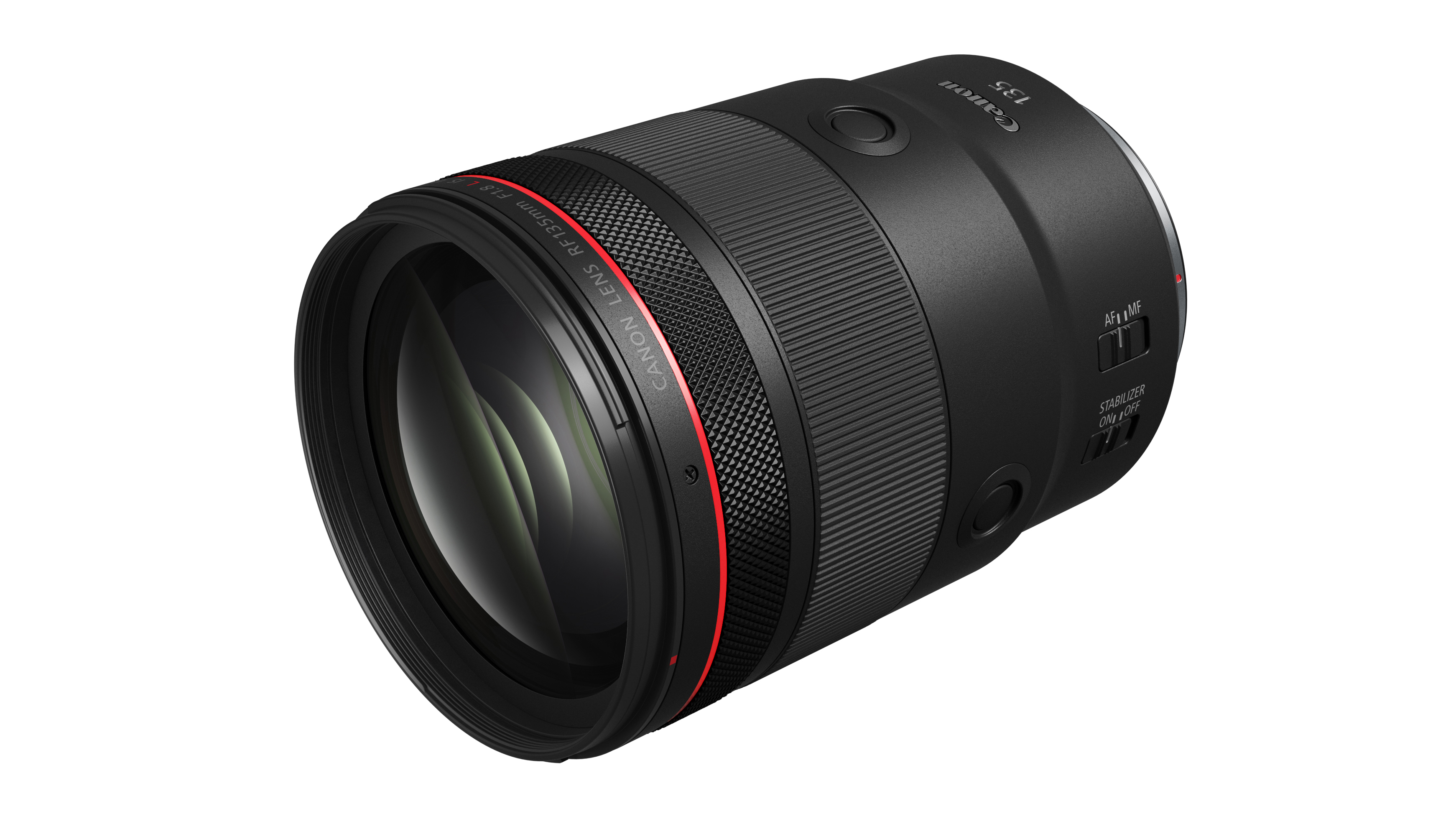
In the Nikon camp, there was news of an imminent Z 600mm f/4 TC VR S, following hot on the heels of the Nikon Z 400mm f/2.8 TC VR S that was launched earlier in the year. The 600mm follows suit in featuring a built-in 1.4x teleconverter, this time giving you the choice of 600mm and 840mm focal lengths from a single lens, as well as being compatible with Nikon’s external 1.4x and 2.0x Z-system teleconverters, for an even greater stretch. For retro fans, Nikon followed up its 28mm SE lens with a Z 40mm f/2 (SE) prime, again with classic old-school Nikkor styling, and while both lenses are full-frame compatible, news of the 40mm tied in with the launch of the Nikon Z fc Black edition.
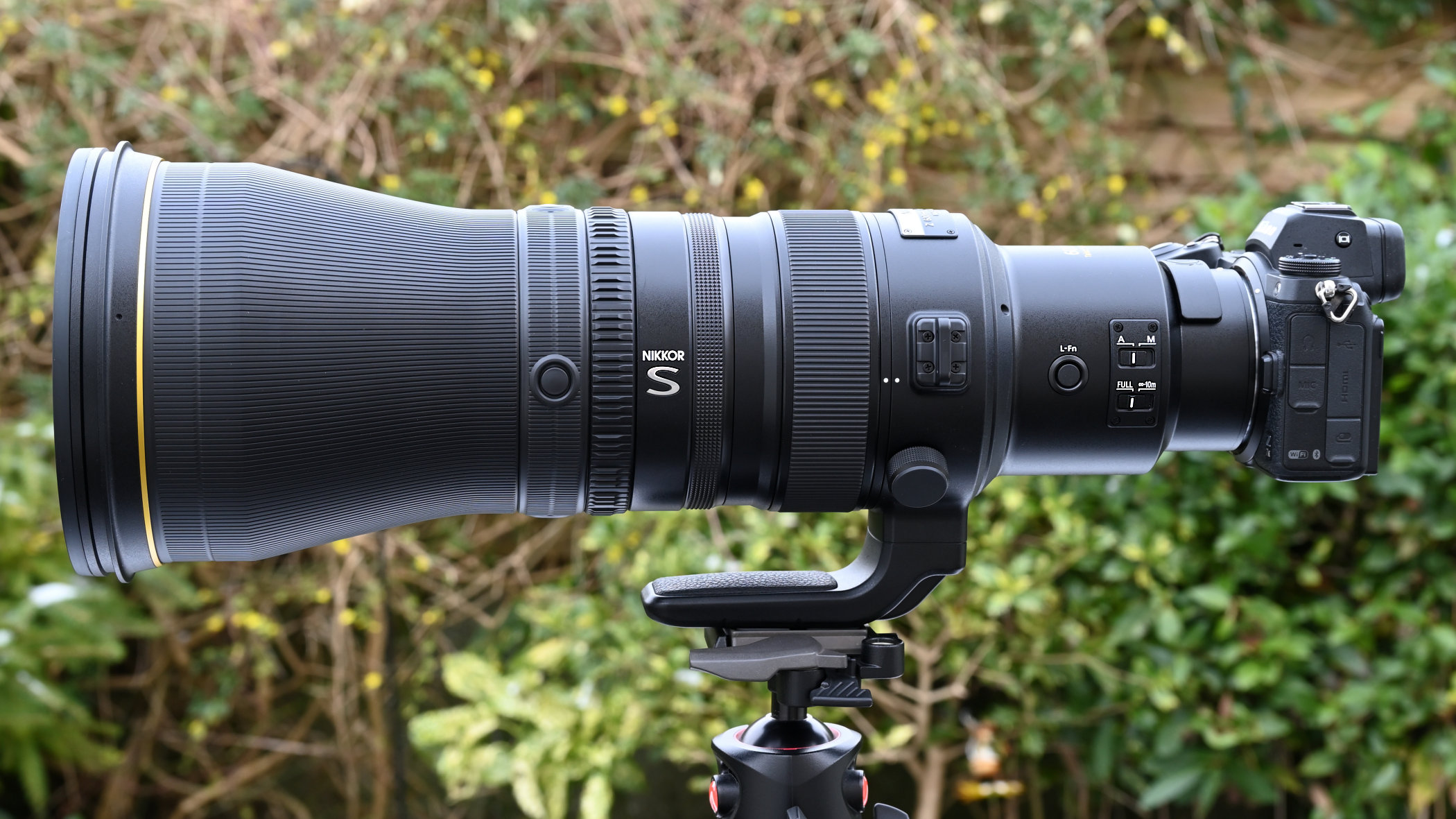
For Fuji fans, there was news of a new Fujinon XF30mm F2.8 R LM WR Macro. Ideal as a ‘standard prime’, with an effective focal length of 45mm, it works equally well as a macro lens, delivering a full 1.0x magnification at its shortest focus distance of 10cm. Sigma also made the news by making its 18-50mm F2.8 DC DN APS-C format lens available for Fujifilm X system cameras. The lens had previously been released in Sony E and Leica L mount options.
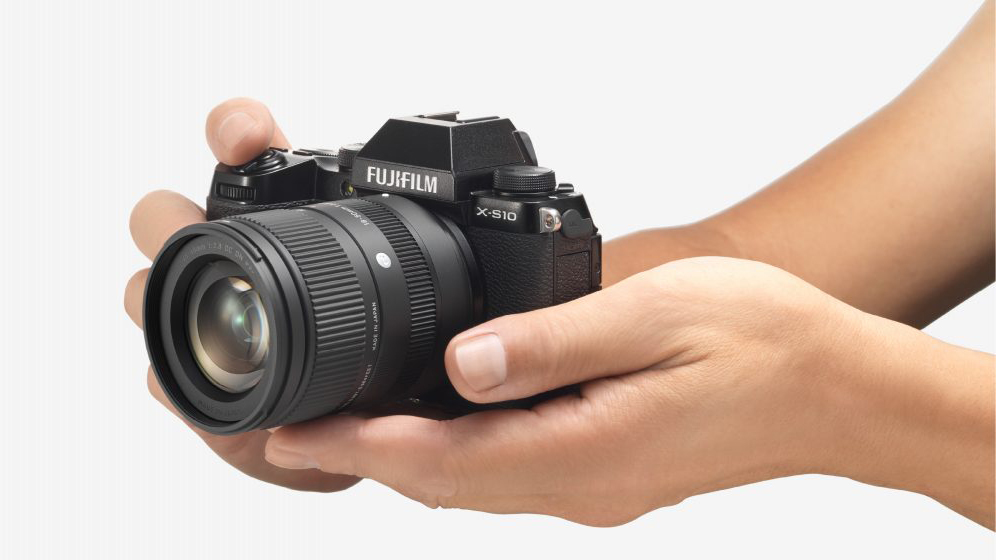
Taking a leaf out of Laowa’s book, AstrHori announced a 28mm f/13 2x Macro Probe lens, available in Sony E, Fujifilm X, Nikon Z, Nikon F, Canon RF, L-mount and PL-mount options. A fast Pergear 35mm f/1.4 lens also hit the news for full-frame Sony E, Canon RF, Nikon Z and Leica L mount cameras.
Not exactly lens news as such, there was nevertheless a November announcement that the Tamron Lens Utility app would ring in the changes, bringing remote focus control for the company’s compatible lenses, from Android mobiles connected via a USB-C cable.
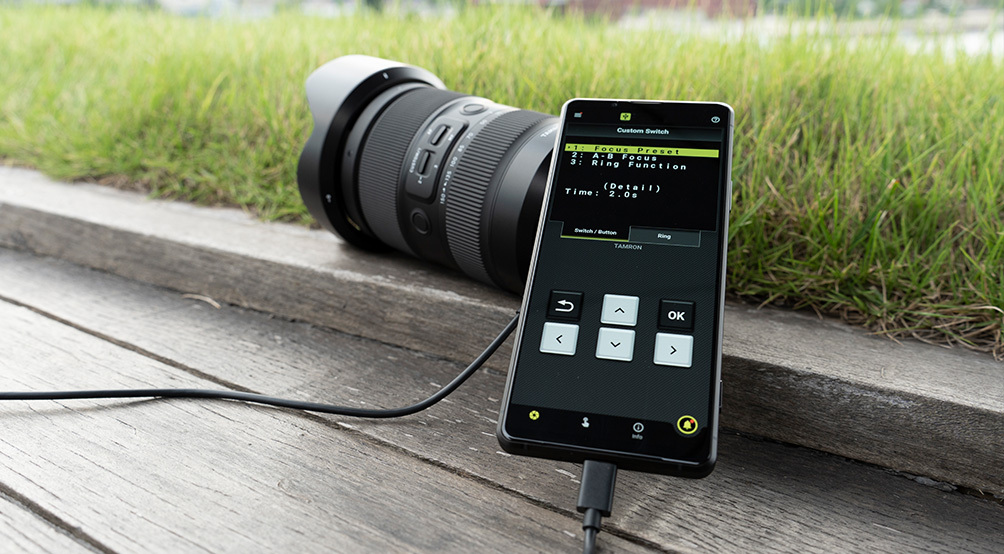
Our November reviews kicked off with the Nikon Z 17-28mm f/2.8, effectively a tweaked and rebadged Tamron lens that was originally launched for Sony E-mount cameras. We were highly impressed with the original Tamron lens, equally so with the Nikon variant, giving it the same 5-star rating. We were almost as enamored with the travel-friendly Tamron 18-300mm f/3.5-6.3 Di III-A VC VXD superzoom for Sony and Fujifilm APS-C cameras, which delivers a mighty 29-450mm effective zoom range with minimal compromise in image quality.
The best camera deals, reviews, product advice, and unmissable photography news, direct to your inbox!
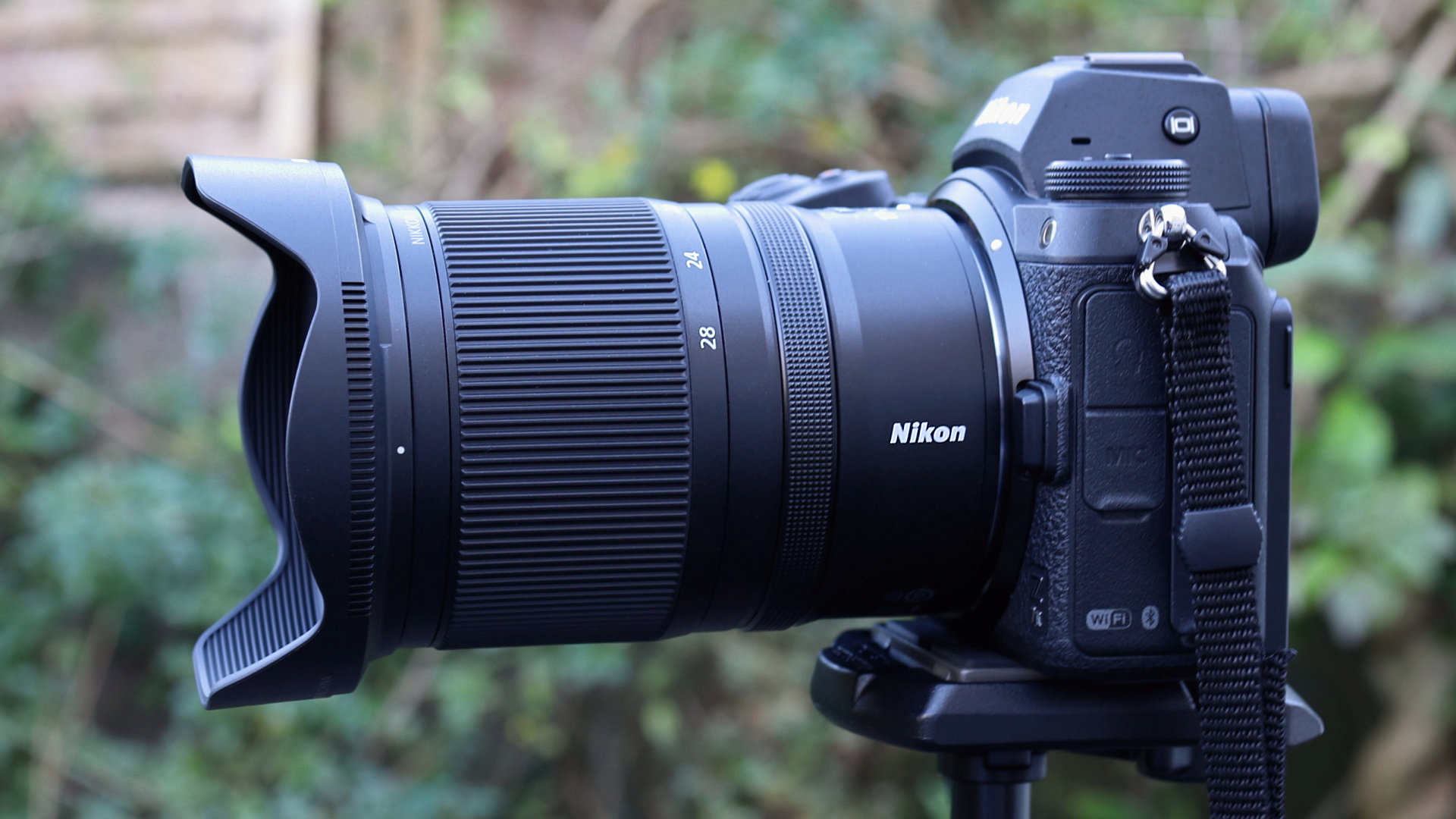
The TTArtisan Tilt 50mm F1.4 for Sony E and Leica L mount cameras turned out not to be the sharpest tool in the box but wooed us with its highly effective control over depth of field. We also enjoyed a hands-on trial of the Fujinon XF30mm f/2.8 R LM WR Macro.
Back to basics
• What are the best camera lenses to buy?
Lenses for photography genres
• Best lenses for astrophotography
• Best lenses for bird photography
• Best lenses for landscape
Lenses for your camera
• Best Canon lenses
• Best Fujifilm lenses
• Best Nikon lenses
• Best Olympus lenses
• Best Panasonic lenses
• Best Pentax lenses
• Best Sony lenses
Matthew Richards is a photographer and journalist who has spent years using and reviewing all manner of photo gear. He is Digital Camera World's principal lens reviewer – and has tested more primes and zooms than most people have had hot dinners!
His expertise with equipment doesn’t end there, though. He is also an encyclopedia when it comes to all manner of cameras, camera holsters and bags, flashguns, tripods and heads, printers, papers and inks, and just about anything imaging-related.
In an earlier life he was a broadcast engineer at the BBC, as well as a former editor of PC Guide.

